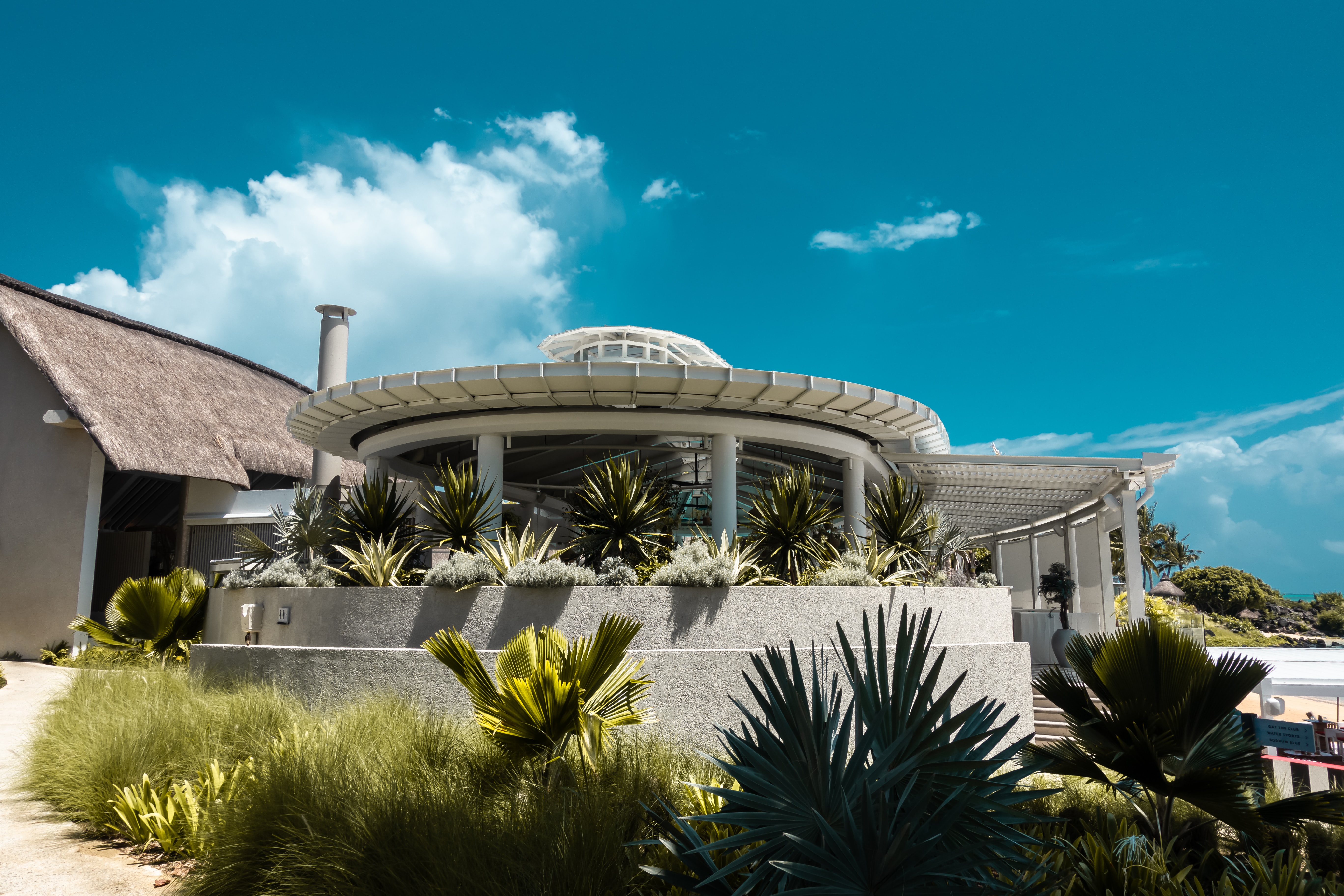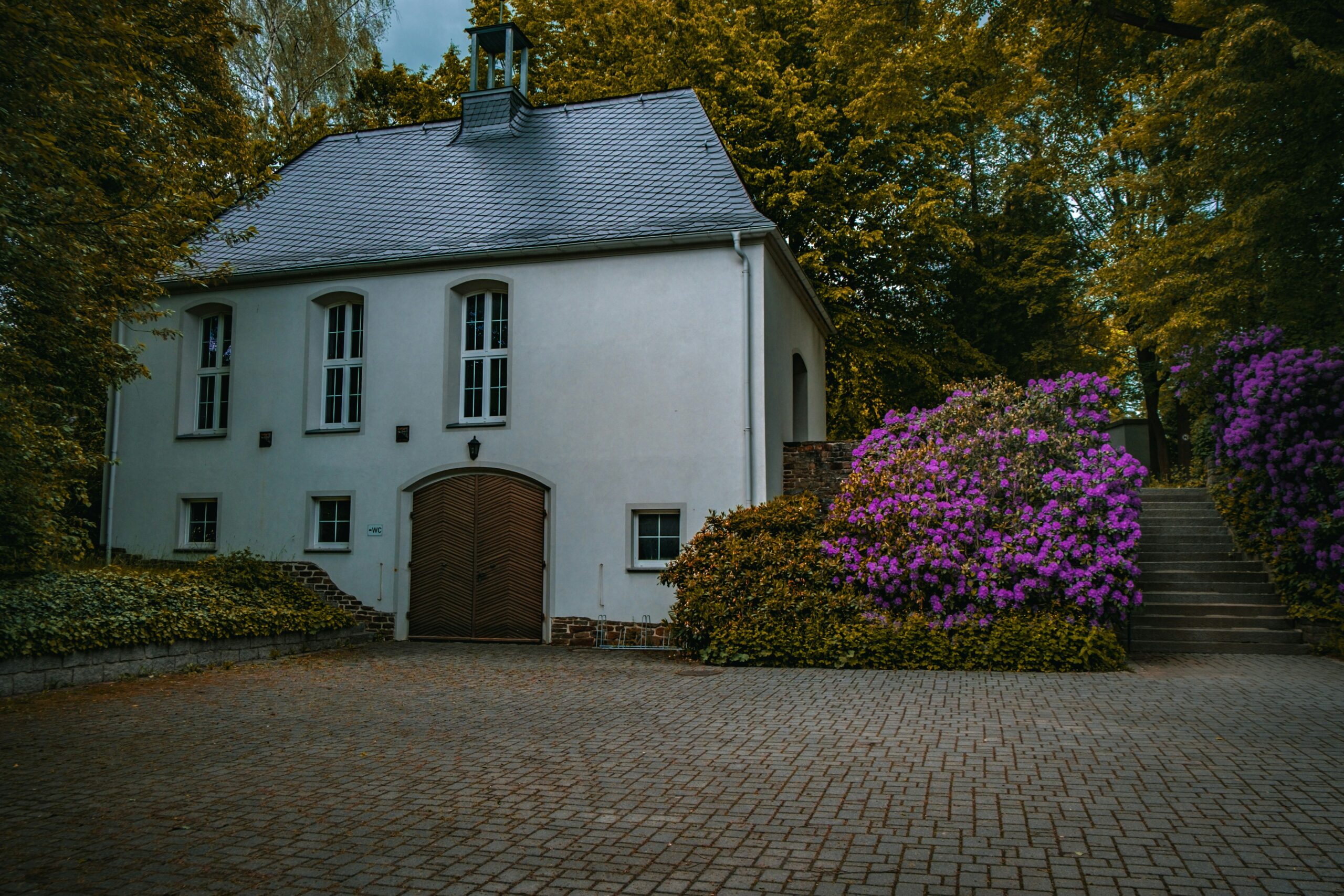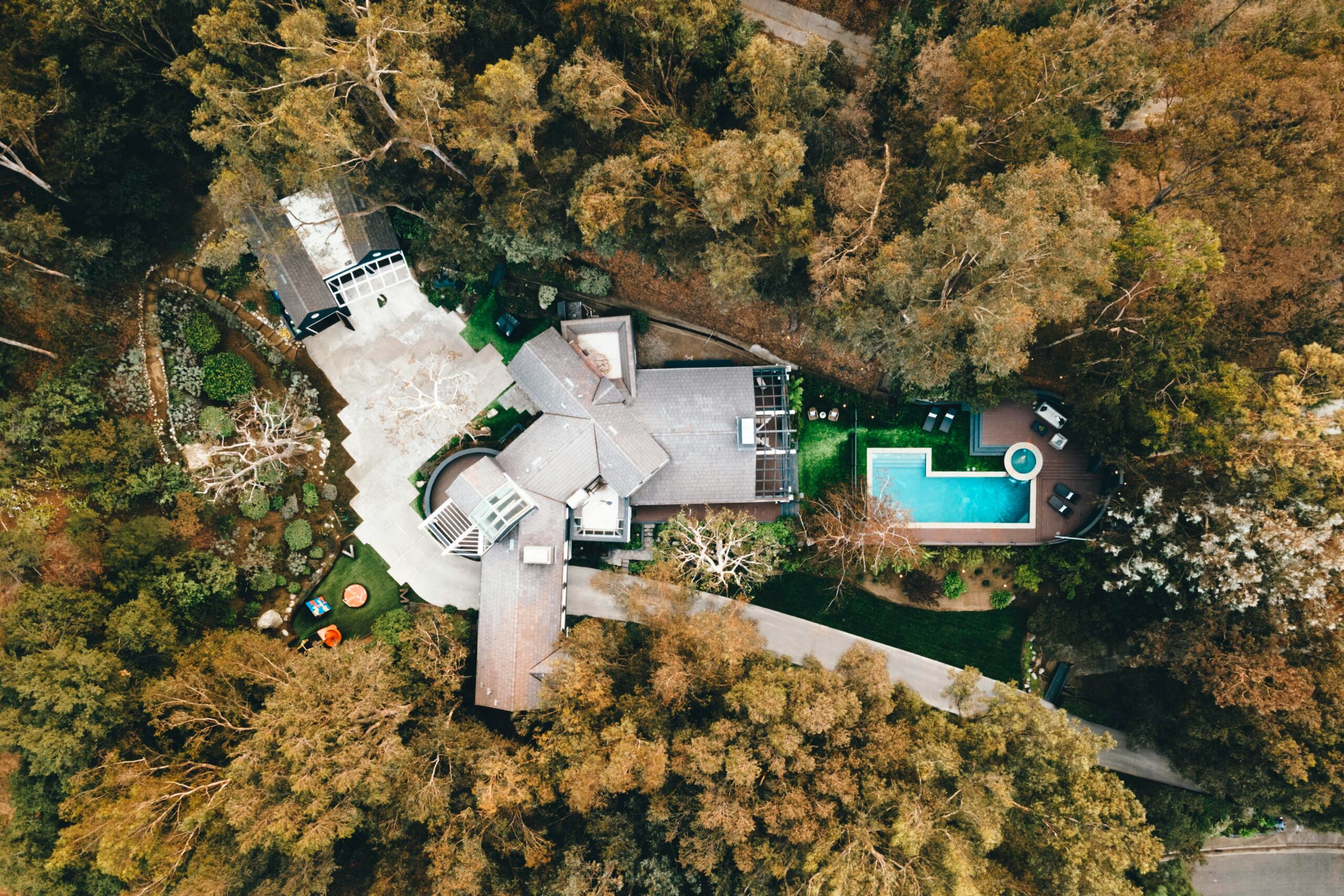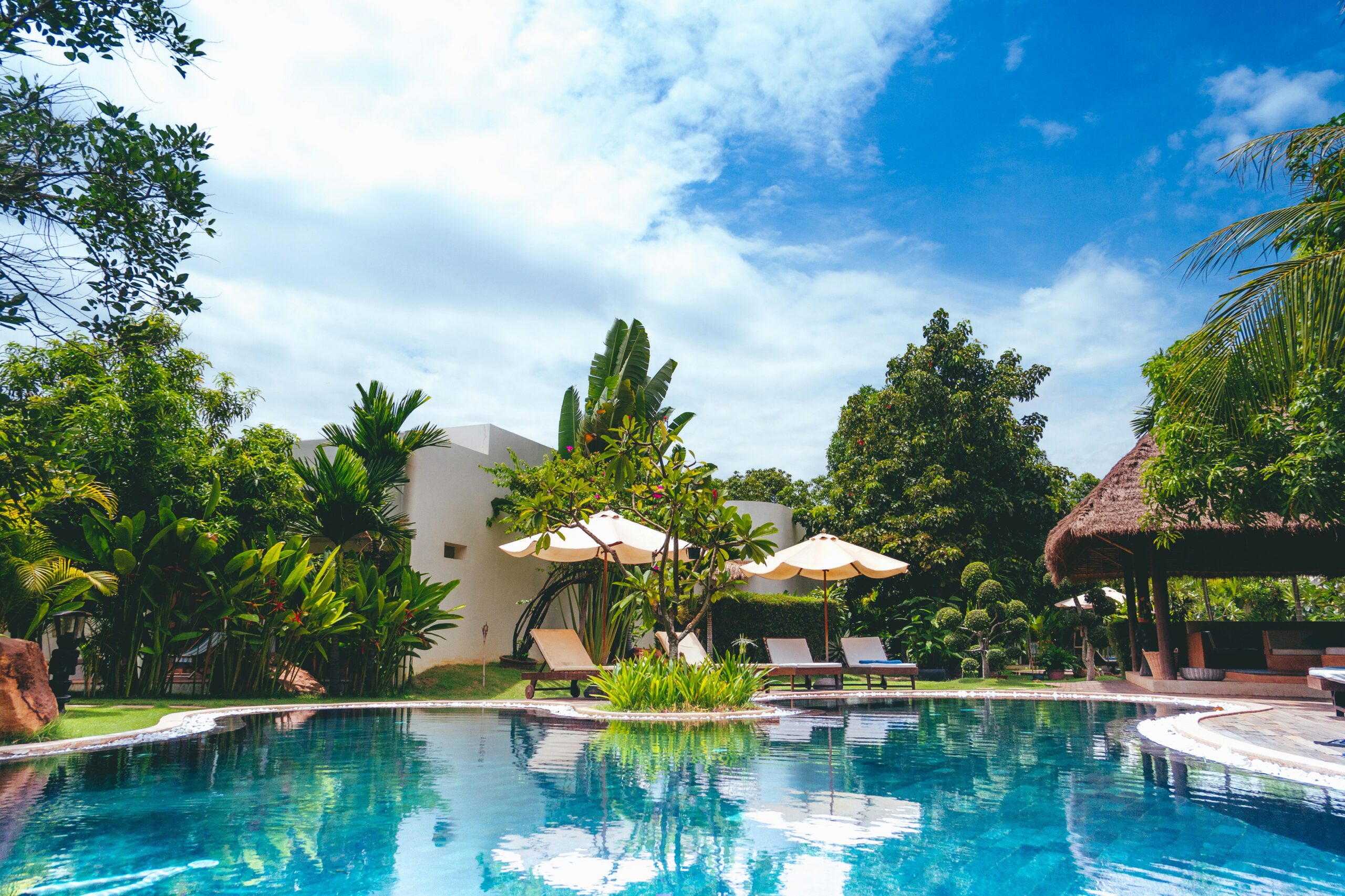If you’re a homeowner looking for an affordable landscaping solution, then understanding what DG is in landscaping is crucial. DG, short for decomposed granite, is a versatile material that can be used in a variety of outdoor projects. From pathways and driveways to garden beds and patios, DG offers a cost-effective and aesthetically pleasing option for your landscaping needs. In this article, we will delve into the specifics of what DG is, its benefits, and how it can enhance the overall look and functionality of your outdoor space.
What Is DG In Landscaping?
DG, short for decomposed granite, is a type of granitic rock that has been weathered over time into small particles. It is a popular landscaping material due to its affordability, durability, and natural appearance. DG is created through the gradual erosion and decomposition of granite rock, resulting in a mixture of small grains and fine particles.
What Are The Benefits Of DG In Landscaping?
Cost-effective
One of the main advantages of using DG in landscaping is its affordability. Compared to other materials such as concrete or paving stones, DG is a more budget-friendly option for homeowners.
Easy Installation
DG is relatively easy to install, making it a suitable choice for DIY projects. It can be spread and compacted with minimal effort, allowing you to create pathways, driveways, or garden beds without the need for professional help.
Natural Appearance
DG has a rustic and natural appearance that blends well with various landscape designs. Its earthy tones and textured surface add visual interest to your outdoor space, creating a harmonious and organic feel.
Drainage Properties
Due to its porous nature, DG allows water to permeate through the surface, preventing the buildup of puddles or the erosion of soil. This makes it an excellent choice for areas prone to heavy rain or where proper drainage is necessary.
Low Maintenance
DG requires minimal maintenance. Unlike grass or other ground covers, DG does not need mowing or regular watering. Additionally, it does not attract pests or require chemical treatments for weed control, making it a low-maintenance option for homeowners.
What Type Of Landscaping Projects Can Benefit From Using DG?
Pathways
DG can be used to create attractive and functional paths throughout your garden. Whether you prefer a straight path or a meandering one, DG provides a durable surface that is easy to walk on. You can add stepping stones or edging to further enhance the look and define the pathway.
Driveways
DG can also be used as a driveway material. It is strong enough to withstand vehicular traffic and provides a visually appealing alternative to concrete or asphalt. To ensure proper compaction and stability, it is recommended to use a stabilizer when using DG for driveways.
Garden Beds
DG can be used to create raised garden beds or borders. Its natural appearance blends well with plants and adds texture to your garden. You can also use DG as a mulch to help retain moisture and suppress weed growth.
Patios and Seating Areas
DG can be used to create outdoor patios and seating areas. Its permeable surface allows for better drainage and prevents water from pooling. You can create a level surface by compacting the DG and adding a stabilizer if needed. Add outdoor furniture and plants to create a cozy and inviting space.
Fire Pits
DG can be used as a material around a fire pit. Its heat-resistant properties make it a safe option, and its natural appearance adds a rustic touch to your outdoor space. Surround the fire pit with DG to create a designated area for gathering and enjoying a cozy fire.
Is DG a Long-term Solution For Landscaping Projects?
Yes, DG (decomposed granite) is a long-term solution for landscaping projects. It is a durable material that can withstand heavy rain, vehicular traffic, and other outdoor elements. DG requires minimal maintenance and does not attract pests or require chemical treatments. Whether used for pathways, driveways, garden beds, patios, or fire pits, DG provides a visually appealing and functional solution that can last for years to come.
What Is The Best Way To Install DG In Landscaping?
1. Prepare the area: Start by preparing the area where you want to install the DG. Remove any existing vegetation, rocks, or debris. Ensure that the ground is level and compacted for a stable base.
2. Install edging: To contain the DG and prevent it from spreading, install edging along the perimeter of the area. This can be done using plastic or metal edging, bricks, or landscape timbers. Make sure the edging is secure and level.
3. Lay a weed barrier: To prevent weeds from penetrating through the DG, lay a weed barrier over the prepared area. This can be a landscape fabric or geotextile membrane. Cut and shape the barrier to fit within the edging.
4. Add a stabilizing additive (optional): If you want to enhance the durability and longevity of the DG, consider adding a stabilizing additive. These products, such as organic binders or synthetic polymers, help to bind the DG particles together, making it more resistant to erosion and compaction.
5. Spread and compact the DG: Start spreading the DG over the prepared area in thin layers, using a shovel or rake. Aim to achieve an even and consistent layer, typically around 2-3 inches thick. Once spread, use a compactor or tamper to compact the DG, ensuring a solid and stable surface.
6. Wet and settle the DG: After compacting, lightly wet the DG with a garden hose or sprinkler to help settle the particles and bind them together. Allow the DG to dry completely before using the area.
7. Maintain and refresh: DG is a low-maintenance landscaping option, but it may require occasional maintenance. Sweep away debris and leaves regularly to keep the area clean. If the DG becomes uneven or compacted over time, you can add more DG and compact it again to refresh the surface.
How Much Does DG Cost For Landscaping Projects?
In general, the cost of DG for landscaping projects can range from $30 to $100 per cubic yard or ton. Keep in mind that this is just an estimate and prices may vary depending on your location and the factors mentioned earlier. It’s always best to get multiple quotes so you can compare prices and find the best option for your budget.
The first factor to consider is the quantity of DG you will need for your project. DG is typically sold by the cubic yard or ton. The amount you’ll require will depend on the size and scale of your landscaping project. It’s a good idea to measure the area you plan to cover with DG to get an accurate estimate.
The second factor that can affect the cost of DG is the quality and type of DG you choose. There are different types of DG available, each with its own unique characteristics and price points. Standard DG is generally the most affordable option, while higher-quality or specialty types may cost more. It’s important to research and compare prices from different suppliers to find the best deal.
Another factor to consider is the location and accessibility of your property. If your property is located in a remote area or has limited accessibility, it could affect the cost of transporting the DG to your site. Delivery fees may vary depending on the distance and accessibility of your location.
Lastly, labor costs should be taken into account. If you plan to hire professionals to install the DG for you, this will add to the overall cost of your landscaping project. However, if you have some DIY skills and are comfortable with doing the installation yourself, you can save on labor costs.
Conclusion
In summary, decomposed granite (DG) is a cost-effective, versatile, and low-maintenance landscaping option that adds both functionality and aesthetic appeal to outdoor spaces. Its cost varies based on quantity, quality, location, and labor, making it important for homeowners to obtain multiple quotes for the best fit within their budget. DG offers numerous design ideas, enhancing outdoor areas with natural and attractive looks, whether utilized for pathways, patios, or garden beds. Combining DG with other materials like gravel, pavers, or plants allows for unique and visually appealing landscaping designs. DG stands as an affordable landscaping solution that, when installed and maintained properly, elevates the beauty and value of a home’s outdoor space.
Final Thoughts
The world of landscaping is our expertise. Terracare Landscaping is where we excel in landscaping design, construction, and maintenance. With more than 35 years of experience, we’ve been proudly serving various local communities across the beautiful state of New Jersey, stretching from Bergen County to Wyckoff, Franklin Lakes, and other areas. Reach out to us today and let’s collaborate to craft your very own tranquil retreat.
Sources
1. https://en.wikipedia.org/wiki/Decomposed_granite
2. https://www.bobvila.com/articles/cost-of-pavers-vs-concrete/




